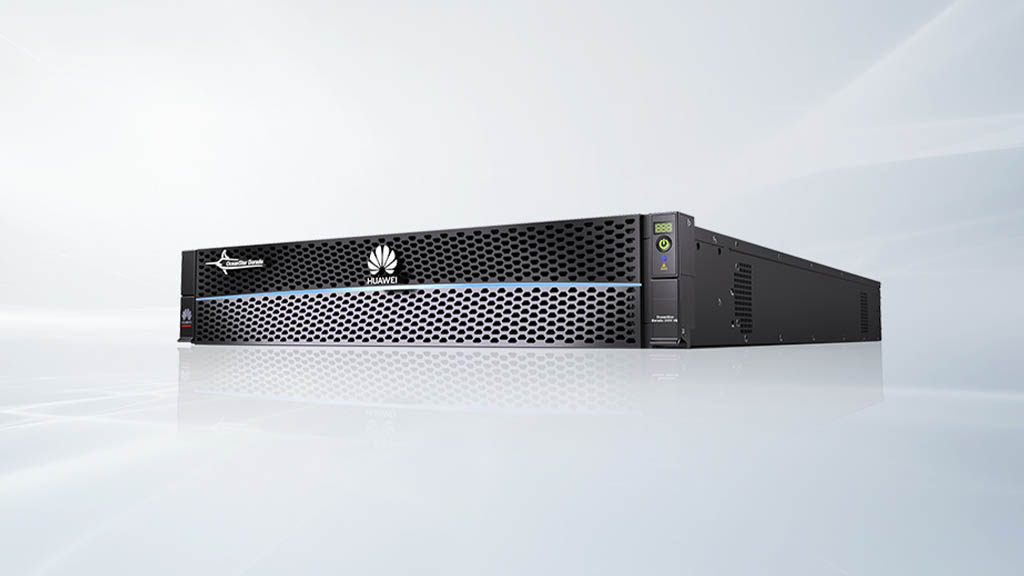News
Huawei OceanStor Dorado 2000 launched, first entry-level flash storage

Today, Huawei launched its new Huawei OceanStor Dorado 2000, an entry-level All-Flash storage for small and medium-size business requirements of Less than 50 TB.
This new flash storage system is compatible with virtualization, OA, and branches, Huawei OceanStor Dorado 2000 all-flash storage is a trusted option for SMBs in the carrier, finance, government, manufacturing, and other fields.
Huawei claims that this is its first entry-level commercial flash memory system, with system reliability of 99.99%, and power consumption that is 30% lower than similar products in the industry.
According to the specifications, OceanStor Dorado 2000 supports a maximum of 8 controllers at the same time, a system cache of 128-512 GB, supports FC and iSCSI protocols, and front-end port types are 8/16/32 Gbps Fiber Channel and 1/10/25 Ethernet, backport type is SAS 3.0, supports up to 400 SSDs, can be managed with DeviceManager, UltraPath and DME IQ.

Huawei OceanStor Dorado 2000:
This storage system is in the OceanStor Dorado all-flash series. It features an innovative hardware platform, FlashLink® intelligent algorithms, which combines to deliver a 50% higher performance than the previous generation.
Intelligent algorithms are built into the storage system to make storage more intelligent during application operations. Furthermore, the all-active-active (A-A) architecture and simplified GUI design help simplify Operations and
Maintenance (O&M).
Intelligent algorithms:
Most flash vendors lack E2E innate capabilities to ensure full performance from their SSDs. OceanStor Dorado 2000 runs industry-leading FlashLink intelligent algorithms based on self-developed controllers, disk enclosures, and operating systems.
Many-core balancing algorithm: Taps into the many-core computing power of a controller to maximize the data processing capability.
Cache acceleration algorithm: Accelerates batch processing with the intelligent module to bring intelligence to storage systems during application operations.
The data layout between SSDs and controllers is coordinated synchronously.
- Large-block sequential write algorithm: Aggregates multiple discrete data blocks into a unified big data block for disk flushing, reducing write amplification and ensuring stable performance.
- Independent metadata partitioning algorithm: Effectively controls the performance compromise caused by garbage collection for stable performance.
- I/O priority adjustment algorithm: Ensures that read and write I/Os are always prioritized, shortening the access latency.
(source)






